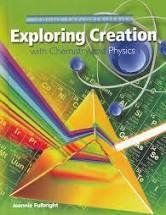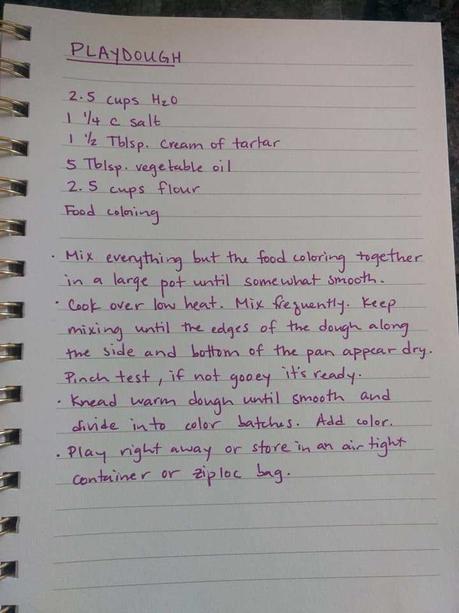This year at Atrium (my kiddo’s co-op), I’ve been teaching science with a bit more purpose than I did last year. Last year consisted of a lot of impromptu science articles and activities… when we were studying the bubonic plague in history, I covered fleas on rats, the plague, what modern day scientists said about it, and played a song from YouTube about it set to the tune of Hollaback Girl. In the spring we covered lots of random pollinator things, talked about bees and butterflies and the anatomy of a flower. We did black out poetry over articles I had printed. At some point in the year, I brought role polies and we talked about crustaceans and literally played with bugs in the driveway. We made terrariums. It was a hodge-podge of whetting the group’s appetite for the idea of studying science seriously, but was mostly exactly what you’d expect homeschool science to be: nature studies, crafts, songs, and critters.
The 2020-21 school year I was determined to do different—to do better.
Naturally, I started teaching what I consider the most difficult science of all the sciences: Chemistry & Physics. To a group of children that range between 5 and 13.
If you’re going to get serious about science, the studies of matter and energy are the way to go, right? Every time I prep for class I’m two parts terrified and one part giddy.
But today, I realized, I’m not failing them. And more than that, they seem to be enjoying themselves.
In our first two lessons, we covered matter. We talked about properties and how scientists use properties to describe matter. I started by describing that matter is anything that has volume and mass, but to say that then I had to describe what volume and mass really was. I sent them home with a white bread recipe. One of the fourth graders actually baked it over the weekend and was able to tell me all about how cool it was that the same ingredients can create something with a different amount of volume. I was so pleased. If only this one child understood volume because of a white bread recipe, then I felt I was already winning.
During that same first lesson I taught them about displacement and was delighted when my classically educated group of kids were able to participate in a retelling of Archimedes and the Goldsmith. Several kids shouted “Eureka!” along with me. If I wasn’t already sold on the trivium, that moment would have done it.

Density was when it got really fun. In Exploring Creation with Chemistry and Physics I found a lab with salt, water, two eggs, and two cups. Fill both cups with water about halfway. Dissolve a quarter cup of salt into one of the glasses. Have the kids announce their hypothesis on what might happen, then drop the eggs in their own glass. The egg in the salt water will float because the water is more dense than the egg when there is salt there, but the egg in the regular water will sink because the egg has more density. One of the kids was convinced it was because one of the eggs was bad and one of them was good, so another mom swapped them. The experiment won out!
After that we talked about buoyancy and made aluminum boats. (This lab was also found in Fulbright’s textbook.) Everyone had brought a casserole pan where we had blue dyed salt water and pennies sprinkled at the bottom of each. The goal was to make a boat that could float the most pennies without sinking. The kids loved playing pirates and stole each other’s pennies a lot in a spirit of imagination and fun. Our best ship held 176 pennies. Runner up had 173 before the ship started taking water. The take away: surface area helps.
On day two, the following week, we talked a lot about gold versus pyrite, how luster and hardness helps you identify matter.

The kiddo and I made playdough the day before and at the start of the lesson I put pieces of tree limbs, various garden and river rocks, aluminum foil, and the play dough out on the table. There were plenty of sensory aids for everyone to have their hands on something. Nearly everyone squished play dough in their hands for the duration of the lesson, which I thought was perfect as it helped explain the concept of malleability to the littlest ones and kept hands busy so their brains could focus.
My husband sent me to class with a giant magnet and we also discussed how magnetism can help you identify different materials. Everyone got a turn choosing a piece of junk I’d collected from around the house to try against the magnet.
Finally we wrapped up the day with a Mel Science Lab. I’m obsessed with our subscription and it was pretty cool seeing the kids get to do a more intense lab. I had the oldest kids in the group do work, two boiled water and we talked about the “rapid vaporization of a liquid using heat” because I love defining things while two others mixed up the chemicals and dropped in the pyrite samples. Fifteen minutes later, we had a small sample of Prussian Blue!
All in all, I’m pretty pleased how our class is going and I can’t wait to map out next week’s adventure. Because of the broad age range of kids and the desire to keep them all engaged and learning, I’m trying to maintain at least one craft oriented activity, some sensory aids, and a Mel Science Lab per gathering. If you have any ideas or advice, please leave a comment, I’d love to hear from the more experienced.
